
|
|
|
|
|
 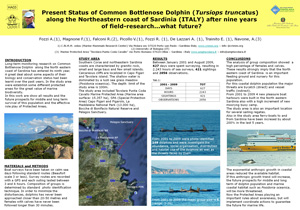
I contributed to a poster (see abstract below) presented at the 2010 Annual Conference of European Cetacean Society at Stralsund, Germany on 22-24 March.
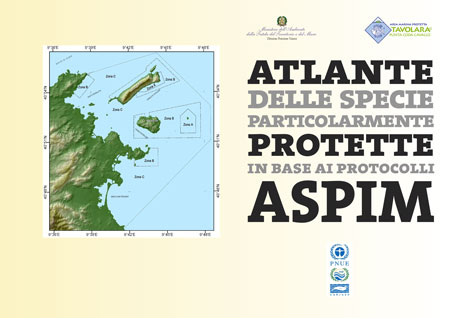
I contributed most images, the texts for some profile cards, the graphical design, the editing and page layout to the project of the Atlas of specially protected species based on ASPIM protocols realized by UBICA Srl on behalf of the Area Marina Protetta (AMP) Tavolara Punta Coda Cavallo. This is an initial assesment stage for the assets of the AMP limited to zones A and B (integral reserve and special reserve). The cartography is georeferenced and included in the GIS of the AMP. 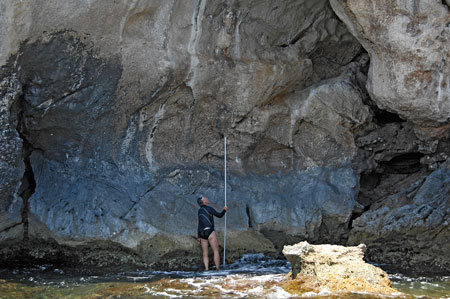
I collaborate to a research project on Sea Level Variations in the Quaternary by detection of geological indicators, like tidal notches (the deep indentations on calcareous cliffs at sea level), beach rocks (fossile beaches indicating past sea level and coastline) and submerged or semi-submerged archeological structures. Fabrizio Antonioli (Enea, Dept. of Environment, Rome) presented an extensive report on the studies made in Sardinia at the Meeting of the Italian Geological Association held in Alghero on September 16, 2008. A summary appears in the On-line Reports of the Association. 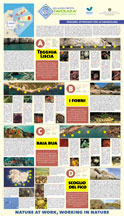
The two-year project for the design and implementation of assisted snorkeling routes in the AMP of Tavolara Punta Coda Cavallo has been recently completed. A poster will be placed at the access points of the routes describing the contents and indicating where underwater orientation cards are available. Two booklets were also published describing the routes with a general introduction to marine organisms and fish of the AMP. In addition, a waterproof leaflet is available for the identification of common species. I did the design of the routes and edited the documentation, while booklet 3 on fish was realized by Paolo Guidetti and Simona Bussotti. 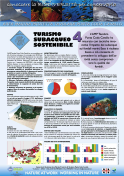
I have recently completed the two-year project for the study of the impact of diving activity in the main diving sites of the AMP Tavolara Punta Coda Cavallo. The poster published for the Coast Day 2008 provides a summary of methodology and results. 
|